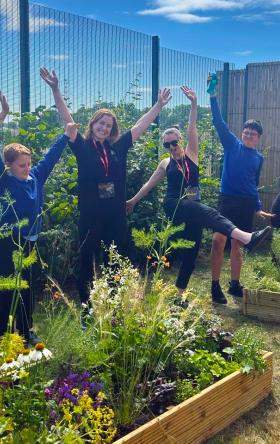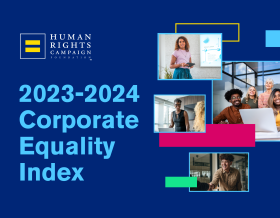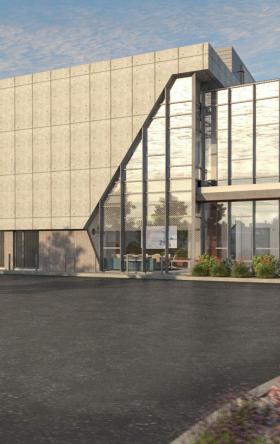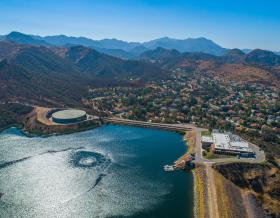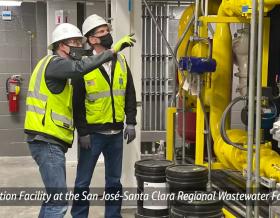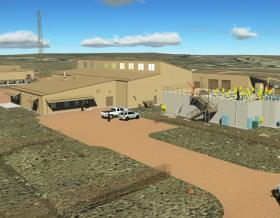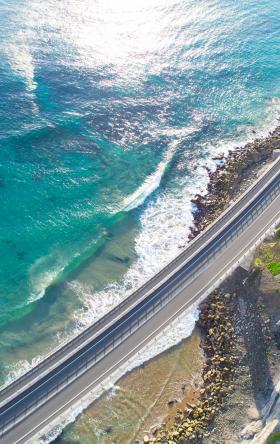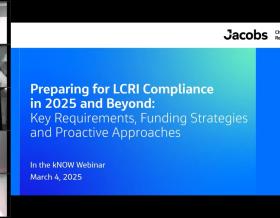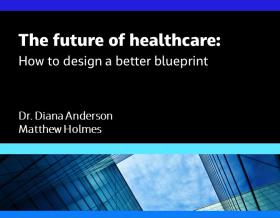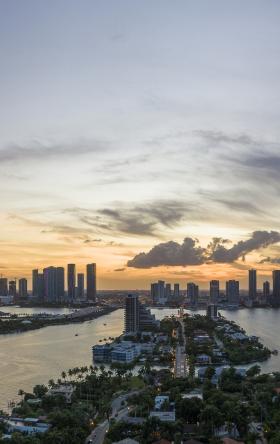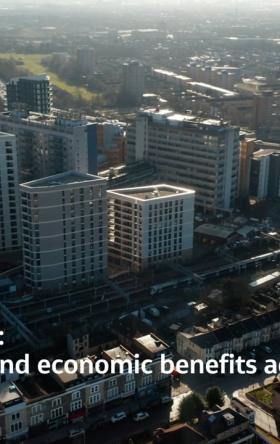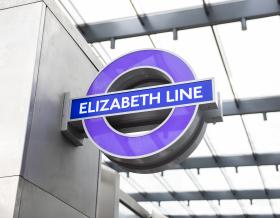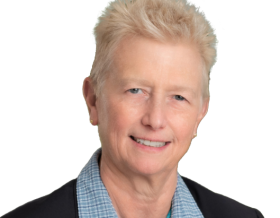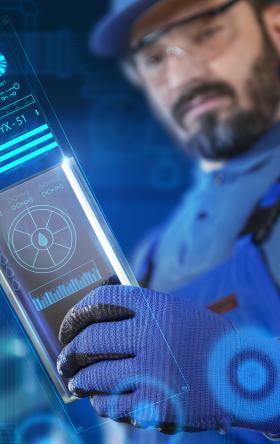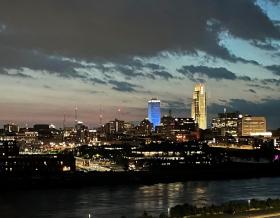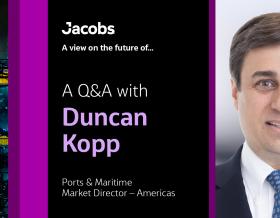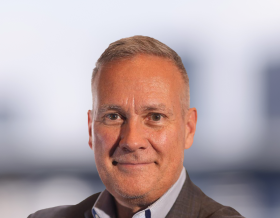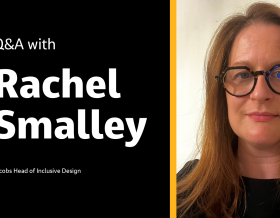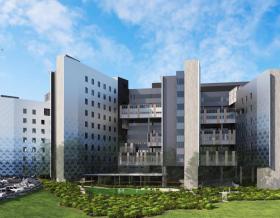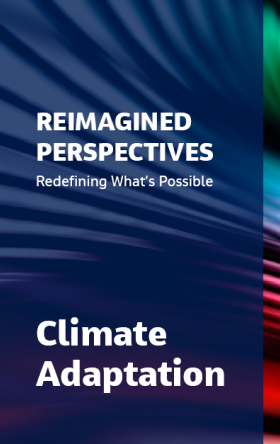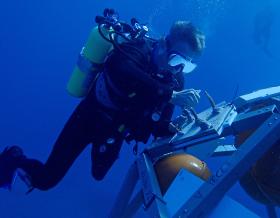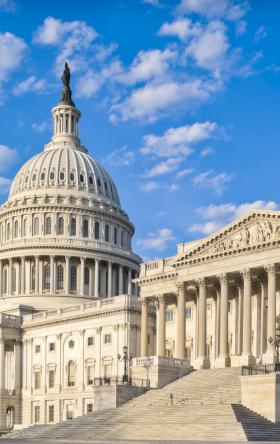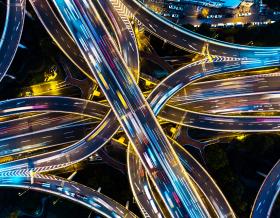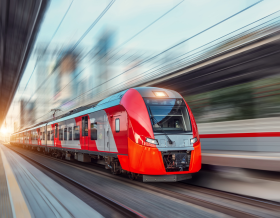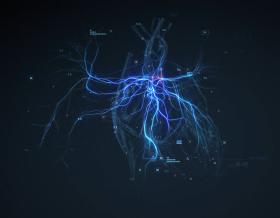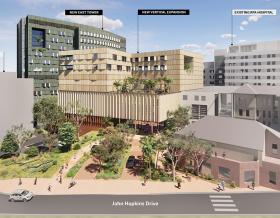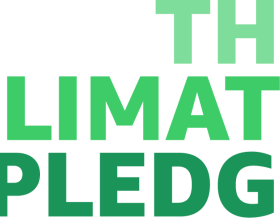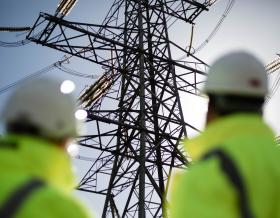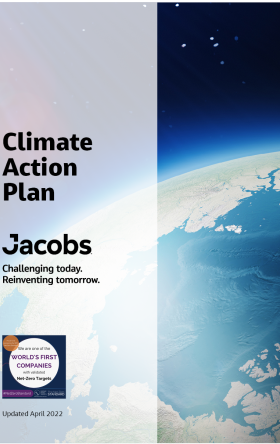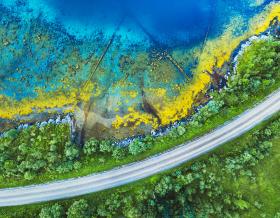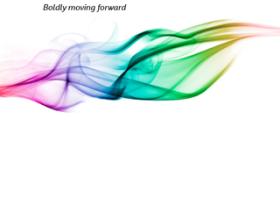Transforming Cities with Integrated, Sustainable Mobility Solutions
Unlocking inclusive growth and sustainability through mass transit innovation

Mass transit networks connect people to destinations across cities and regions − for work, education, social and cultural activities − while reducing individual car use.
These systems are critical to livability, resilience and urban sustainability. Bus Rapid Transit (BRT), Light Rail Transit (LRT) and Modern Mass Rapid Transit (MRT) are highly complex systems that unlock community-centered growth, expand access to opportunity and shape greener communities.
We work with clients to ensure their investments
- Stimulate economic growth by improving connectivity between commercial hubs, attracting investment, and creating jobs.
- Enhance access to public services and education by efficiently connecting city regions, reducing travel time and increasing productivity.
- Reduce carbon emissions, air pollution and traffic congestion − promoting cleaner, healthier environments.
- Support new housing, place-making, urban environment and integrated transport opportunities.
What we do
Jacobs delivers end-to-end services across the mass transit asset lifecycle—from consulting and advisory to program delivery. Our multidisciplinary transport team develops safe, efficient, and sustainable solutions that are constructible, operable, and maintainable.
We focus on integrated, zero-carbon, and place-based strategies to position mass transit as a catalyst for regeneration and economic growth. We deliver a wide variety of projects, from small system enhancements to major inner-city transportation development.
-
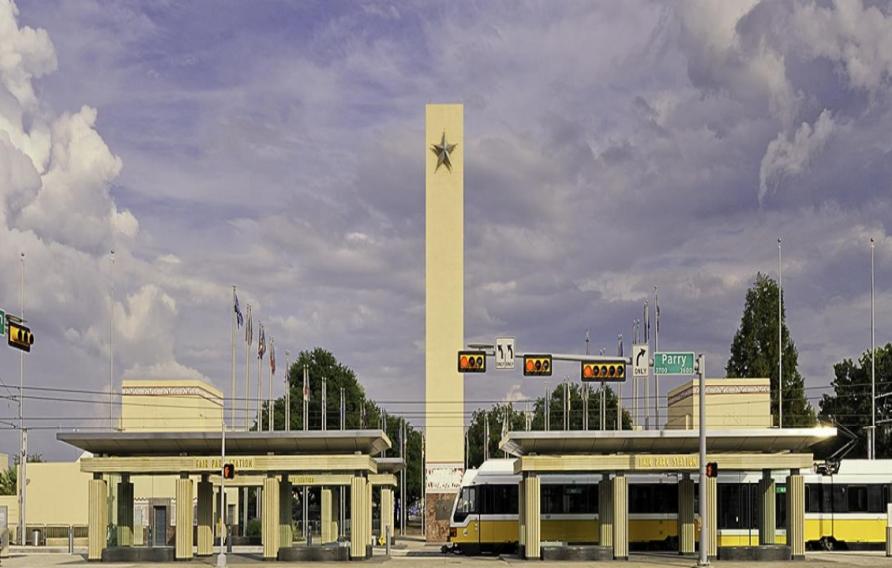
Light Rail Transit
Light Rail Transit (LRT) typically operates on a segregated right of way. LRT systems may run alongside automobiles on arterial roadways and often include at-grade crossings. LRT offers increased capacity, speed and reliability compared to traditional bus routes.
-
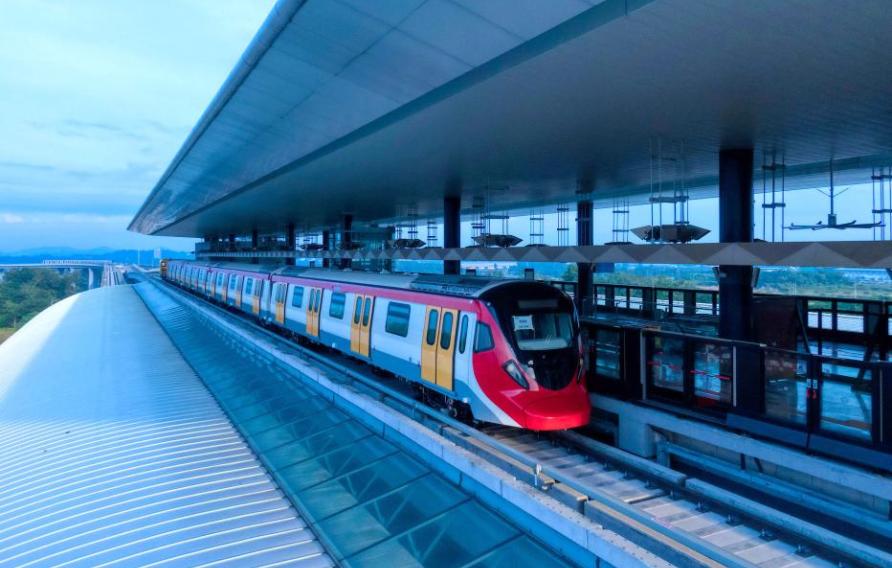
Mass Rapid Transit (Metro & Subway)
Mass Rapid Transit (MRT) systems serve the world’s most densely populated cities with high-capacity, fully segregated networks. While many systems operate underground, at-grade and elevated tracks are also common. New systems increasingly use automated operations for efficiency and safety.
-
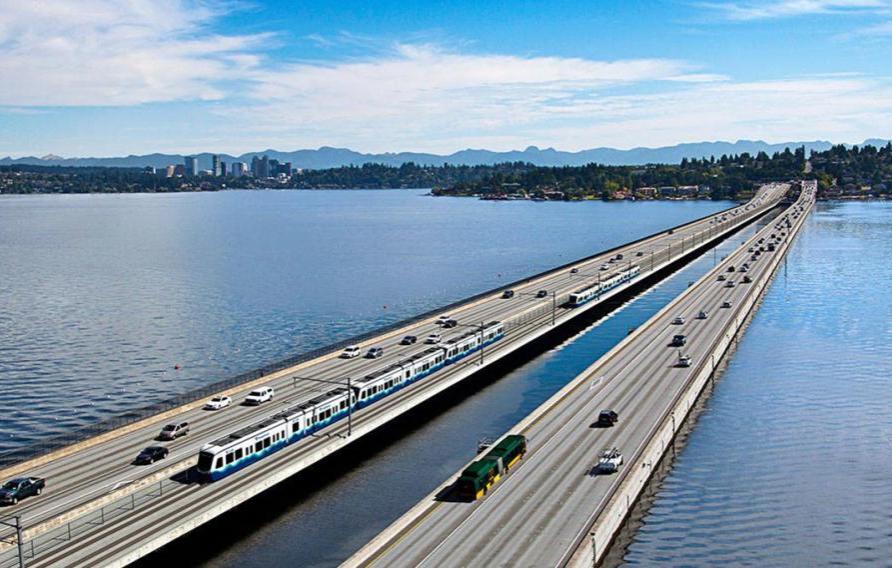
Light Metro
Light Metro systems bridge the gap between LRT and full MRT service. They feature smaller, lighter trains operating on segregated right of way, usually with automatic operation, supporting applications from airport connectors to full urban transit systems.
-
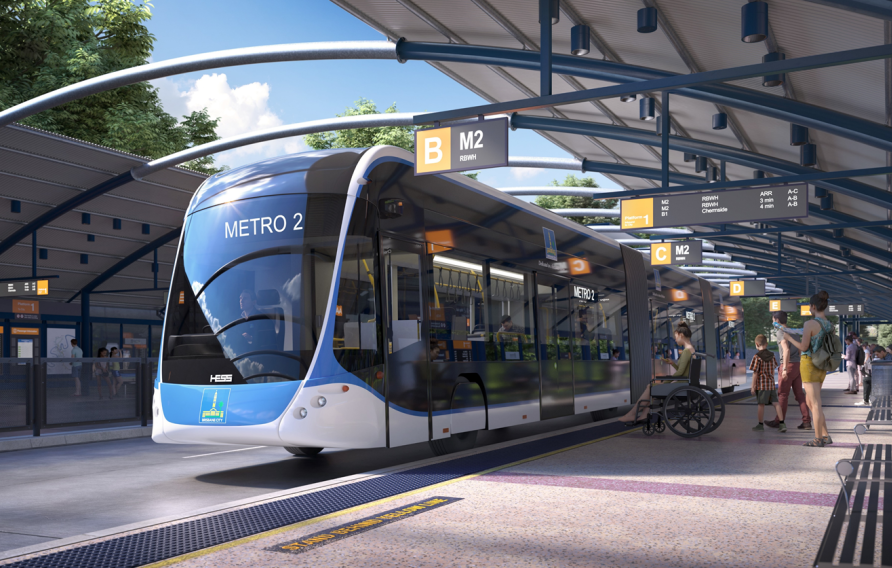
Bus Rapid Transit
Bus Rapid Transit (BRT) systems deliver higher passenger capacity and improved comfort compared to standard buses. BRT systems typically include dedicated lanes, upgraded passenger stations, wayside fare payment and articulated buses designed to resemble rail vehicles.
-
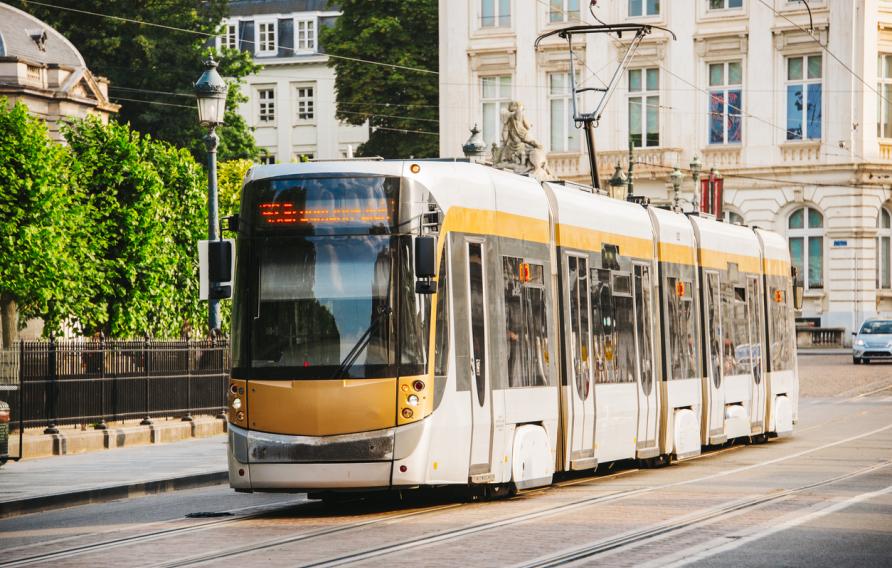
Streetcar & Tram
Streetcars and trams use electric trains operating on steel tracks embedded within city roadways. Most systems use overhead wires for power, though newer designs include embedded power channels or batteries. Trams provide higher capacity and greater appeal than traditional bus routes.
-
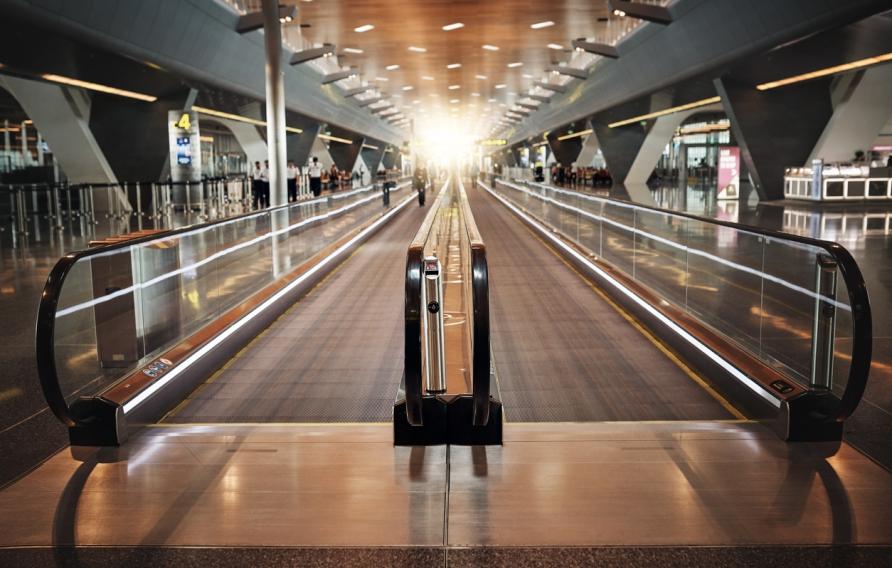
People Movers
People Movers are automated, rubber-tired systems typically used at airports, connecting nearby destinations with continuous, reliable service on a fixed guideway.
-
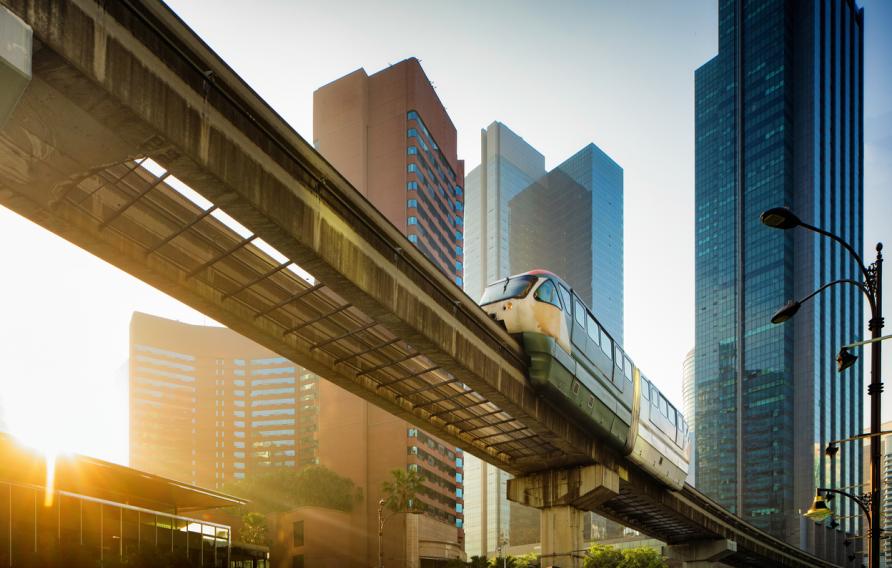
Special Transit Systems
Specialized mass transit modes include monorails, cable-hauled systems and personal rapid transit, each tailored to specific urban mobility needs.
-
-
Explore our projects
We're working on global projects to accelerate the shift towards a more sustainable planet for everyone.
-
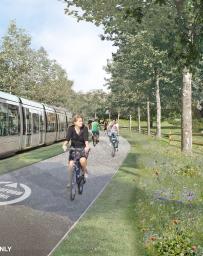
Design Development Partner for Transformative UK Transit Program
Delivering transformative mass transit program, advancing designs from concept to completion.
-
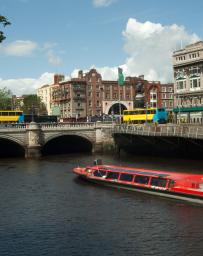
Strategic Planning and Advisory for Ireland’s National Transport Authority
Supporting Ireland’s National Transport Authority with infrastructure upgrades across 11 corridors, improving walking, cycling, and bus access with zero-emission fleets.
-
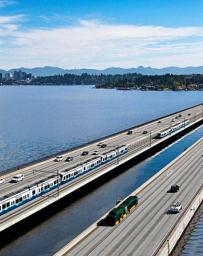
Connecting Washington through Critical Infrastructure
Delivering seven miles of double track light rail, eight stations and critical infrastructure including tunnels and bridges.
-
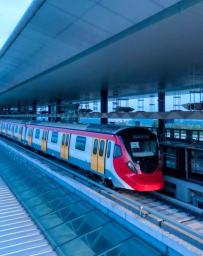
Supporting Malaysia’s Bold Vision for an Integrated Mass Rapid Transit System
Revolutionizing mobility for two million people with a 35.9-mile Mass Rapid Transit line, creating a sustainable transport backbone.
-
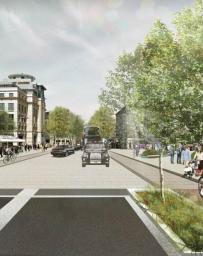
Edinburgh Tram Expansion – Putting People at the Heart of its City
Supporting the expansion of the Edinburgh tram network and improving multimodal city access.
-
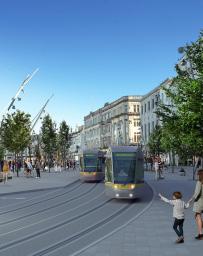
Modernizing Cork’s Public Transport Network - Improving Connectivity
Supporting Cork Light Rail Transit to identify the preferred route of the proposed east west tram system that will connect key destinations across the Cork Metropolitan area.
-
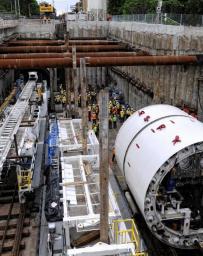
Connecting Communities and Commuters in Greater Toronto
Providing program management services for three new Light Rail Transit lines and supporting vehicle maintenance facilities
-
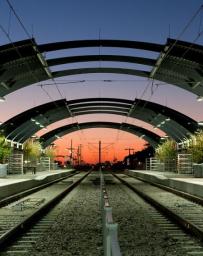
Designing a Cornerstone of North Texas’ Multi Modal Transportation Network
Designed the largest U.S. light rail expansion at the time, featuring 19 new stations.
-
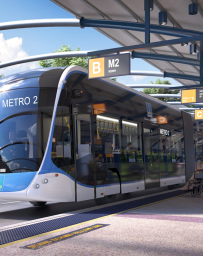
Brisbane Bus Rapid Transit is Ready for the 2032 Olympics
Assisting in the redesign and development of Brisbane’s Metro system in support of the 2032 Olympic and Paralympic Games.
-
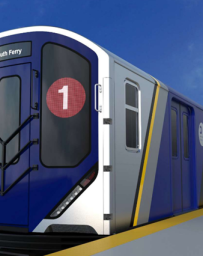
Improving the Passenger Experience for New York City Transit Riders
Supporting signaling system, fleet, and station modernization for one of world’s largest subway systems.
-
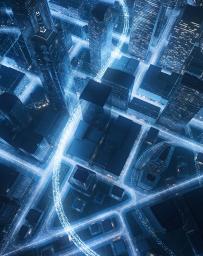
Traffic Operational Analysis for Bus Rapid Transit Connecting Downtown Houston
Improving regional mobility and connectivity between the Northwest Transit Center and Downtown Houston.
Read our latest news
From new project wins and milestones to reports, podcasts and industry insights, discover what we're up to.
-
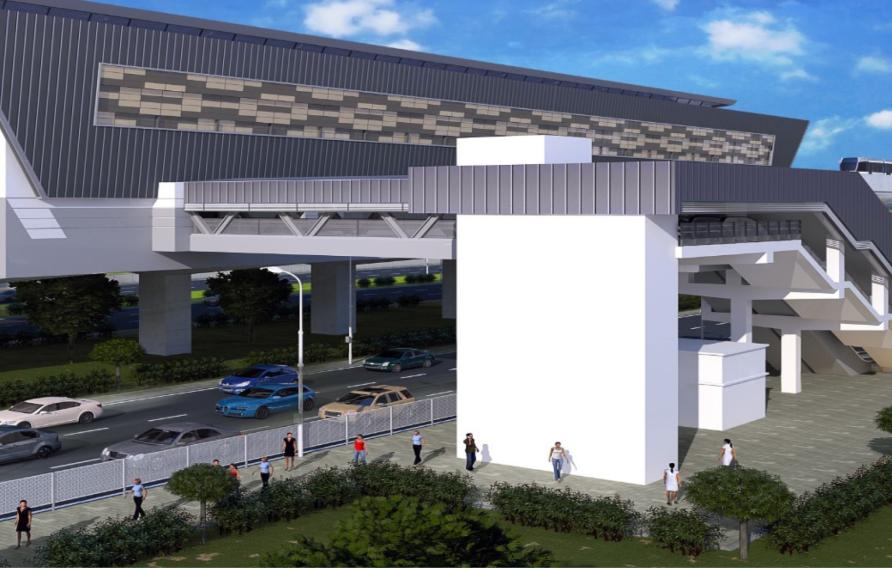 News
NewsUrban Center One Step Closer to Sustainable and Efficient Public Transport System
Work on Malaysia’s third light rail line project in Klang Valley begins
-
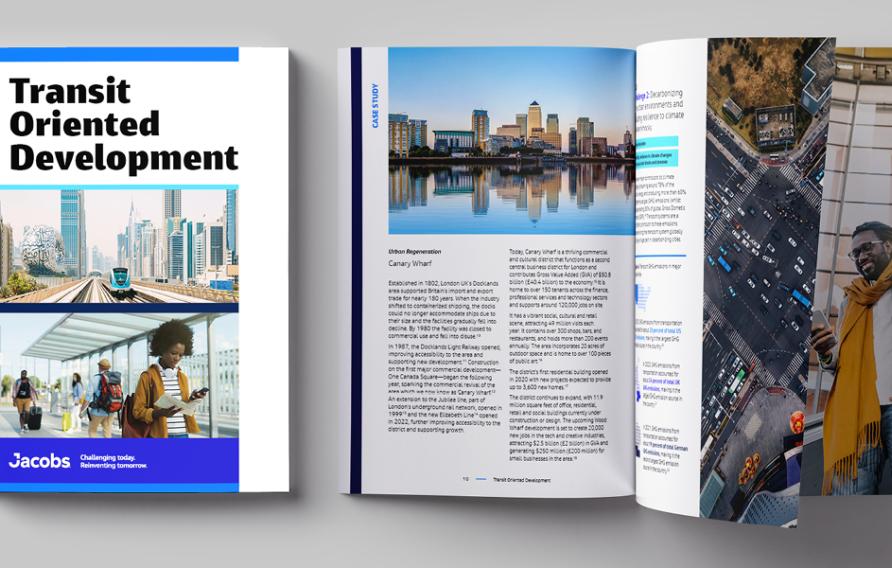 Report
ReportTransit-Oriented Development
Cities today face economic and longer-term systemic challenges. Our latest paper explores how mass transit infrastructure investments, and a transit-oriented development approach can address these challenges and deliver enhanced economic and social outcomes for communities.
-
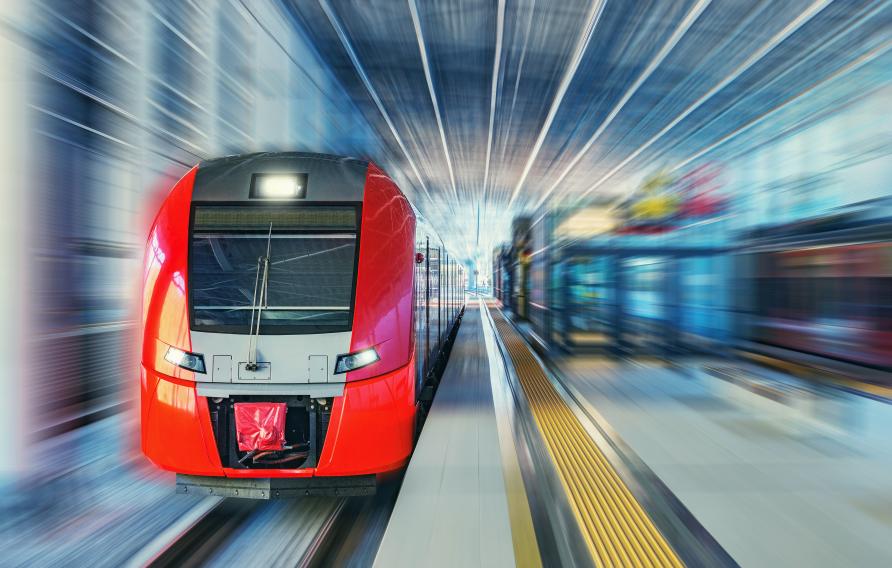 Page
PageRail & Transit Solutions
Whether your journey includes keeping pace with capacity demand, accelerating technology innovations, ensuring safety and security, or maintaining existing transport networks, Jacobs is on board to serve all aspects of high‐speed and conventional passenger rail, freight and logistics, mass/public transit, and innovative bus solutions.
-
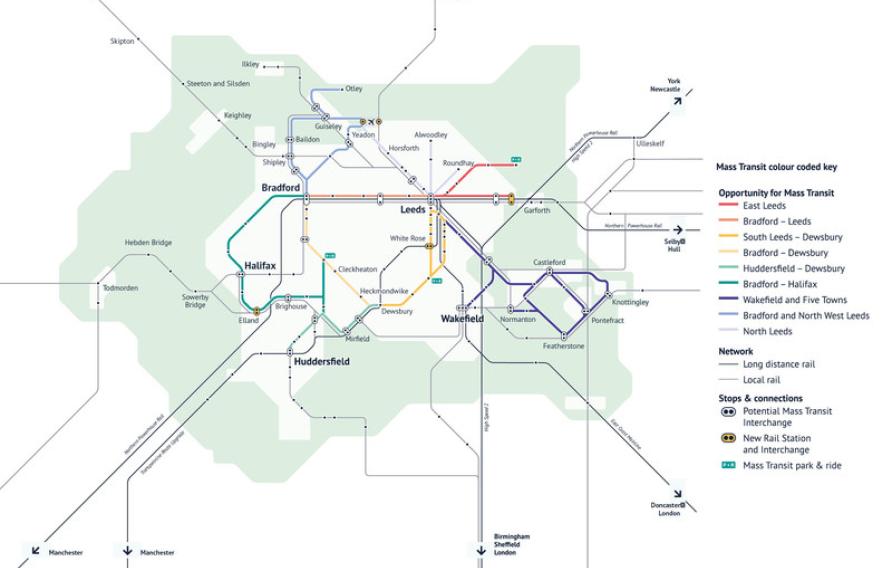 News
NewsJacobs Appointed as West Yorkshire Mass Transit Design Development Partner
Jacobs has been appointed as the lead consultant, on behalf of the McBains consortium, for the Design and Placemaking Development Partner commission for the West Yorkshire Mass Transit program, being developed by the West Yorkshire Combined Authority (WYCA).
-
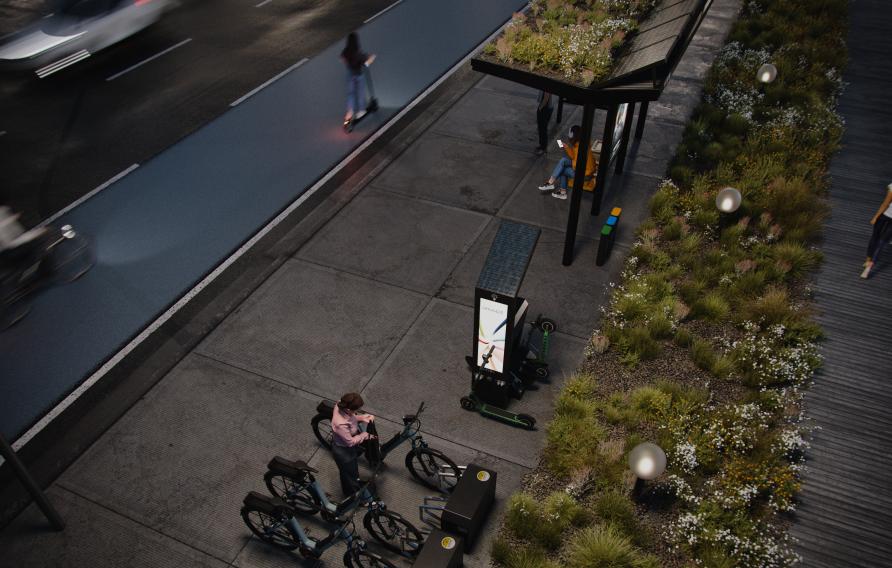 News
NewsAccelerating Deliverability and Healthier Returns in Active Travel: A 5-Lesson Framework
The business and social case for active travel has been proven, but as an industry, it faces budget restrictions and economic headwinds. Our Senior Associate Director of Transport Planning Andrew Kelly shares his five project-proven lessons in boosting deliverability and better commercial and social returns for communities and clients.
-
 News
NewsMove Fast, Break Nothing: Transforming Transport Without the Chaos
As transportation systems shift toward sustainability, the challenge isn’t just about innovation—it’s about ensuring a smooth transition without disruption. Unlike tech startups that thrive on rapid iteration, transportation networks require precision, long-term planning, and careful risk management. This article explores how data-driven strategies, smart risk mitigation and workforce transformation are shaping a new era of transport—one that’s bold, efficient and built to last.
